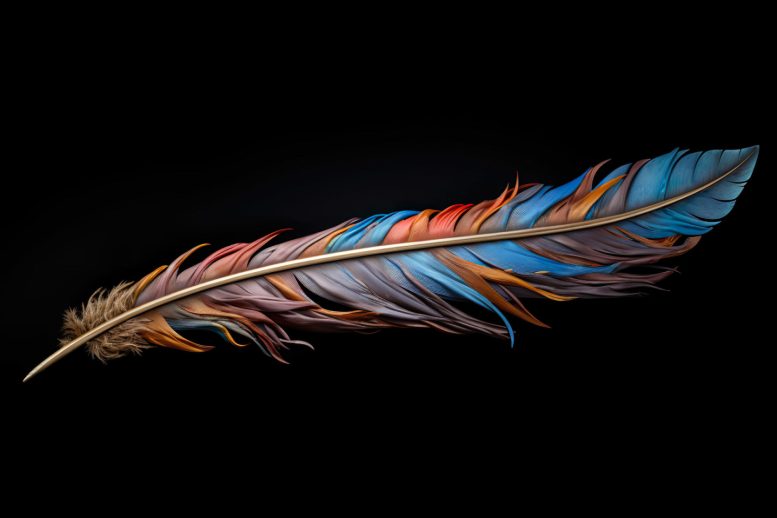
New research reveals dinosaur feathers had a protein composition similar to modern birds, hinting at an early origin of bird feather chemistry, possibly 125 million years ago. The study found that alpha-proteins in fossil feathers likely formed due to heat during fossilization, not originally present. (Artist’s concept of a dinosaur’s feather).
Powerful X-rays generated at SLAC National Accelerator Laboratory have enabled researchers to gain new insights into the evolution of feathers.
How closely related are dinosaurs to today’s birds? A recent study delves into this question, investigating the evolution and alteration of proteins in dinosaur feathers over millions of years and under extreme heat.
Previous studies suggest that dinosaur feathers contained proteins that made them less stiff than modern bird feathers. Now, researchers with University College Cork (UCC), the Stanford Synchrotron Radiation Light Source (SSRL) at the Department of Energy’s SLAC National Accelerator Laboratory, and other institutions have discovered that dinosaur feathers originally had a very similar protein composition to those of modern birds.
That result means that today’s bird feather chemistry likely originated much earlier than previously thought, perhaps as early as 125 million years ago.
“It’s really exciting to discover new similarities between dinosaurs and birds,” said Tiffany Slater, a paleontologist at UCC and lead author on the new study. “Using X-rays and infrared light, we found that feathers from the dinosaur Sinornithosaurus contained lots of beta-proteins, just like feathers of birds today. This finding validates our hypothesis that dinosaur birds had stiff feathers – like in modern birds.”
The crux of the issue is the protein mix. Earlier tests on dinosaur feathers found mostly alpha-keratin proteins, which result in less stiff feathers, whereas modern bird feathers are rich in beta-keratin proteins, which strengthen feathers for flight. Still, the researchers wondered whether that difference reflected the real chemistry of the feathers during life or an artifact of the fossilization process.
To find out, Slater and fellow UCC paleontologist Maria McNamara teamed with SSRL scientists to analyze 125-million-year-old feathers from the dinosaur Sinornithosaurus and the early bird Confuciusornis, plus a 50-million-year-old feather from the U.S. They recently published their results in the journal Nature Ecology and Evolution.
To detect the proteins in the ancient feathers, researchers placed the fossils in front of SSRL’s powerful X-rays, which revealed whether key components of beta-proteins were present. This helped the researchers determine if a sample’s beta-proteins were still in their “native” form or if they had altered over time – and how that alteration proceeds chemically, SSRL scientist Sam Webb said.
The team also performed separate experiments that simulate the temperatures that the fossils are subjected to over time, Webb said. These experiments showed that alpha-proteins can form in a fossil due to the fossilization process, rather than being part of the feather during life.
The analysis showed that while some fossil feathers contain lots of alpha-proteins, they were likely not there originally, but instead formed over time. They formed due to the high extreme heat that fossils experience.
“Our experiments help explain that this weird chemical discrepancy is the result of protein degradation during the fossilization process,” Slater said. “So although some dinosaur feathers do preserve traces of the original beta-proteins, other fossil feathers contain alpha-proteins that formed during fossilization.”
“The idea that original protein compositions may change over time is an often overlooked aspect of looking at biomarkers from deep time,” Webb said. “Comparing our X-ray spectroscopy results to the additional lab measurements of experimentally heated feather samples helped calibrate our findings.”
“Traces of ancient biomolecules can clearly survive for millions of years, but you can’t read the fossil record literally because even seemingly well-preserved fossil tissues have been cooked and squashed during fossilization,” said Maria McNamara, senior author on the study.
“We’re developing new tools to understand what happens during fossilization and unlock the chemical secrets of fossils,” McNamara said. “This will give us exciting new insights into evolution.”
Reference: “Preservation of corneous β-proteins in Mesozoic feathers” by Tiffany S. Slater, Nicholas P. Edwards, Samuel M. Webb, Fucheng Zhang, and Maria E. McNamara, 21 September 2023, Nature Ecology & Evolution.
DOI: 10.1038/s41559-023-02177-8

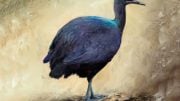

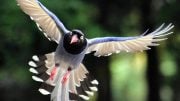
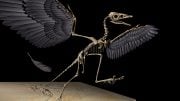
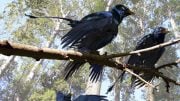
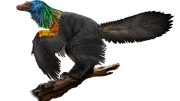
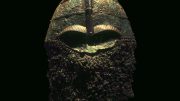
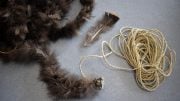
“Shocking similarities?” Why shocking?
The most shocking thing there are scientist who believe birds came from a gator .sinornithosaurus is a dromaeosaur bird that had giant ankle that look like tibia .rohanavis a dromaeosaur a flying bird there wing are same size as modern bird and a flying elbow joint because they are dromaeosaur the feathers are bigger than modern birds like very flying bird microraptor with crown crest feather like modern flying birds maniraptoran have to have thecodont teeth become a dinosaur and Cingulum teeth and skull has to be wide like a gator a tetanuran feature because tetanuran are first to have bird leg the tibia is bigger than femur found in compsognathus and mesoeucrocodylia macelognathus all the these dinosaur lack giant ankle .conficiusornis has 3 mandibular fenestra like other oldest bird oviraptor
The dromaeosaur bird lack 3 mandlbular fenestra a hole in the skull so it looks more advance than conficiusornis and oviraptor bird but it’s older bird than conficiusornis because of giant feather they will be a fossil of dromaeosaur with 3 mandlbular fenestra in the future
The search for dinosaur is over when the scientest saw amazing weaponry of greatest dinosaur ever the gator they saw how amazing gator are and they know dinosaur never have that technology like that and they were primitive ancestor of modern crocodilian they know gator was a great rival to the cats the top mammal predator .they are not shock by large poplution of modern crocodilian the last surviving spinosauridae dinosaur the king dinosaur.feather dinosaur is a joke
Schizophrenia can be treated. Just saying.
The dromaeosaur rohanavis wings are same size as modern flying bird this is advance for dromaeosaur the dromaeosaur microraptor wing are smaller than modern flying birds that why feather are so large .the conficiusornis is a primitive archaeopteryx like flightless oviraptor and troodon the oviraptor still has flight wing there ancestor were flying birds the ancestor of troodon has flight wings the troodon wing become smaller true time .troodon is not a dromaeosaur it’s a archaeopteryx the dromaeosaur is the first bird